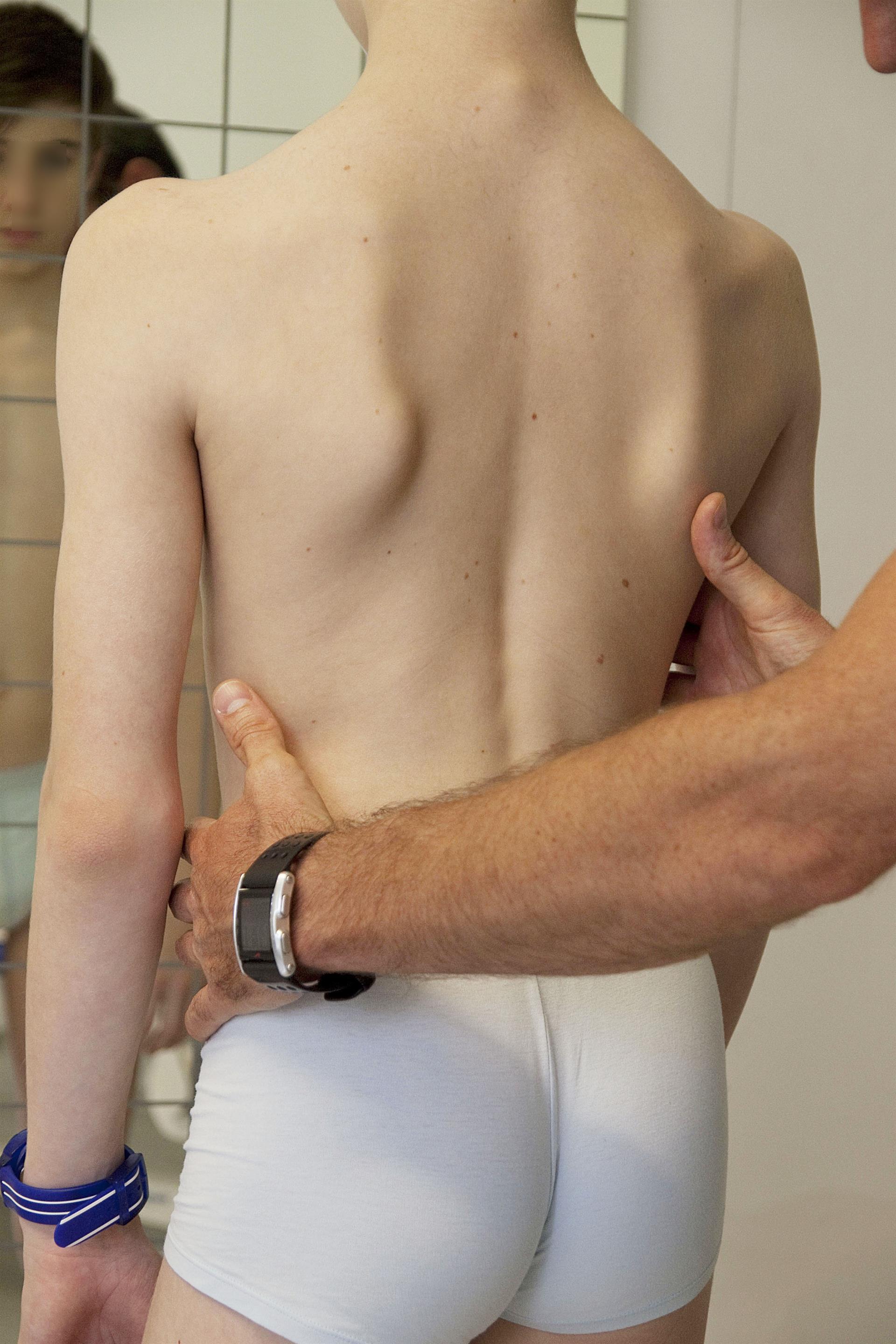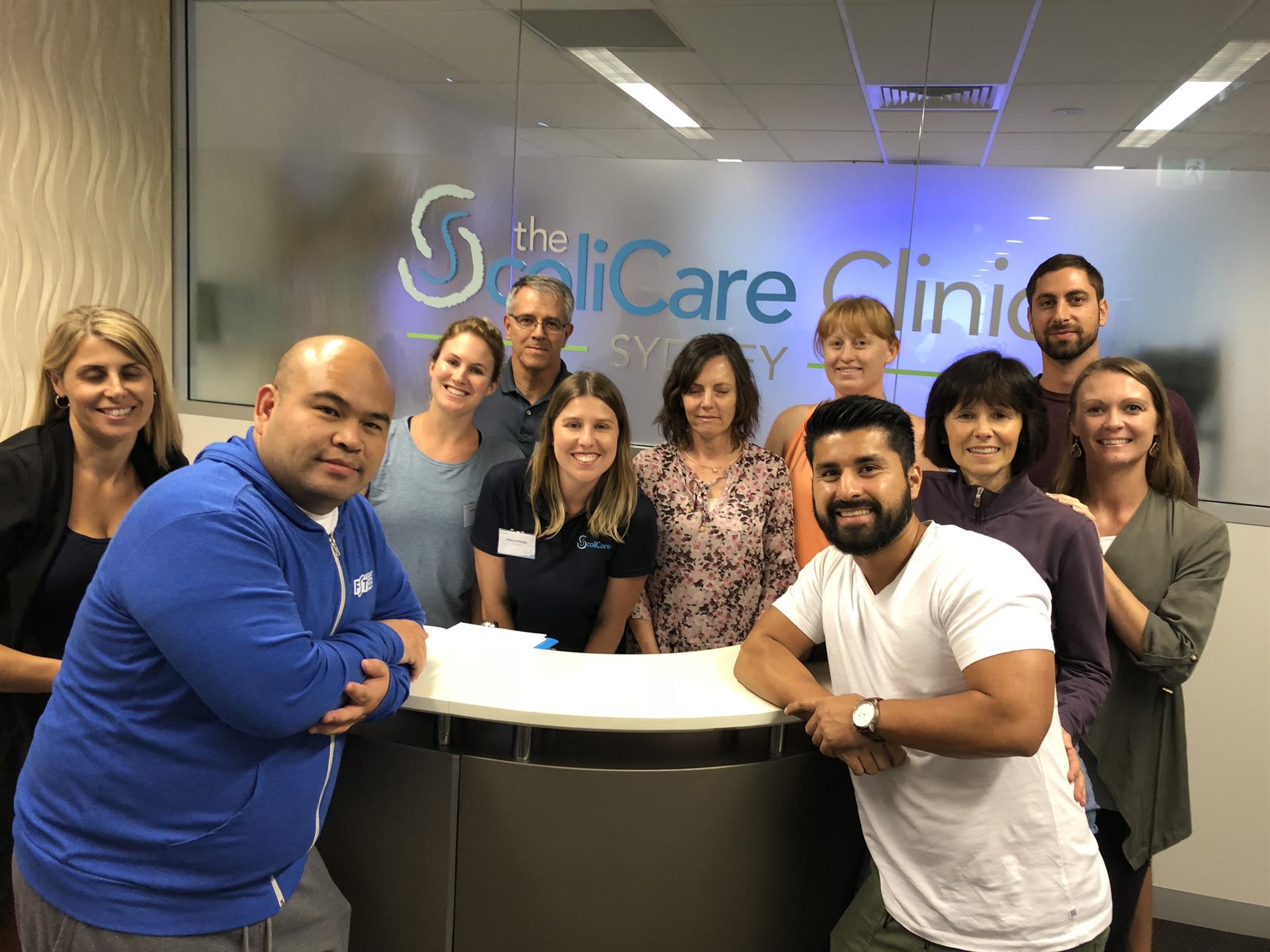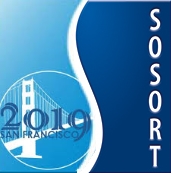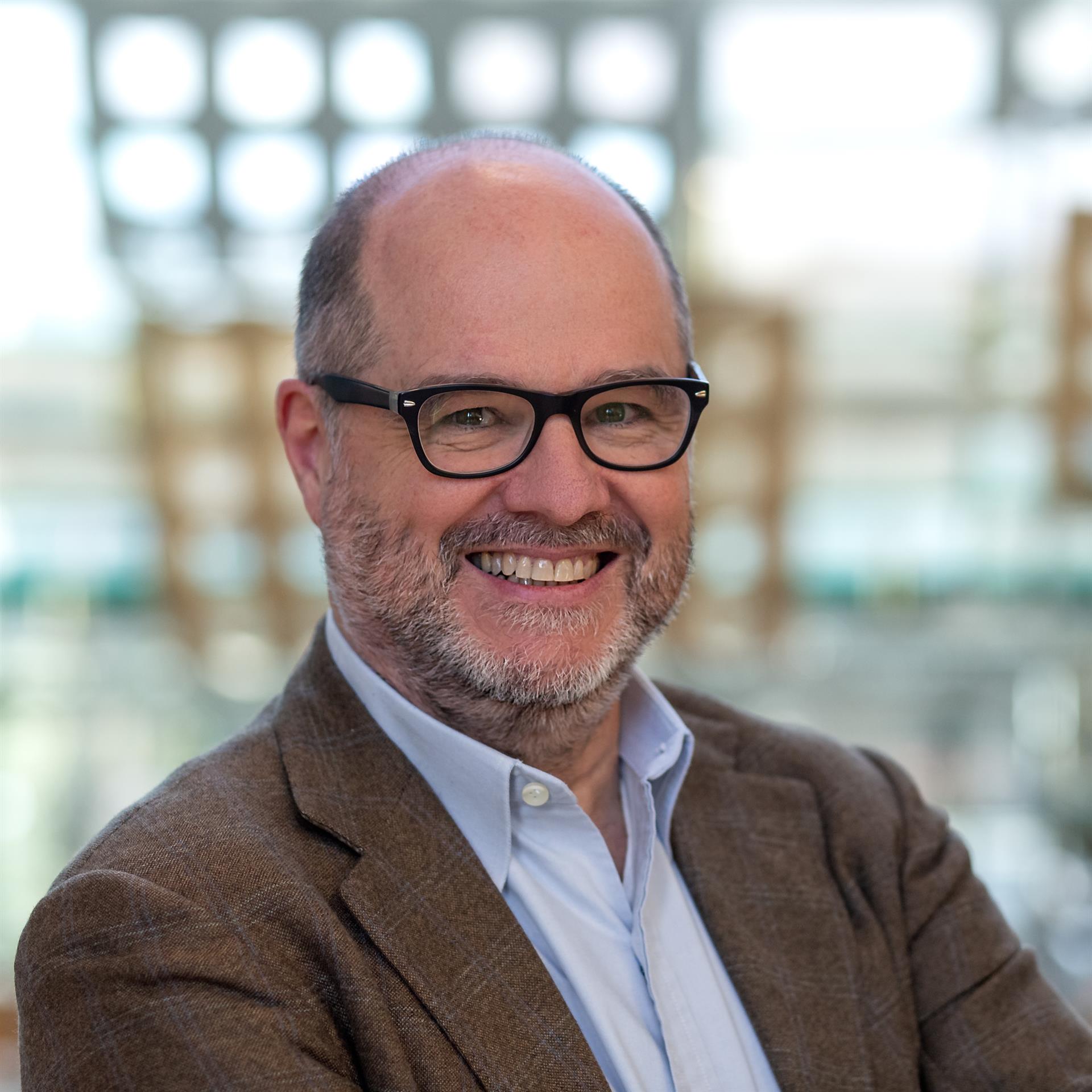
Juvenile scoliosis: what it is and how it is treated

Juvenile scoliosis is defined by an age at diagnosis of between 5 and 9 years; the form appearing earlier than this is termed infantile, while the one detected later is referred to as adolescent scoliosis.
Exercises and bracing can radically alter the natural history of juvenile scoliosis, stabilising the curvature
(which tends to worsen markedly during the pubertal growth spurt, i.e. between the ages of 10 and 13 years), preventing further worsening, maintaining (after growth is complete) the correction achieved, and avoiding the need for surgery in the most severe cases.
Adopting, a priori, an aggressive approach to the treatment of scoliosis can be counterproductive, as it can lead to a risk of over-treating the condition...
WHAT'S ON


S&R Meeting: there's still time to register
SEAS: back in Australia and Slovenia
Our next Spine & Rehabilitation (S&R) meeting is almost upon us (it'll be on the next 29 th of March), and this year the event will be more international than ever.
In fact, you can choose to be present at the congress venue in Milan, or follow the proceedings online, from anywhere in the world.
For more information or to register, please visit our S&R meeting website: www.thespinemeeting.org
Our programme of courses providing instruction in the Scientific Exercises Approach to Scoliosis (SEAS) continues, with the "tour" now taking us, once again, to Australia and Slovenia. We are now familiar faces in Sydney, as this is our fifth time in the city: Dr Alessandra Negrini, physiotherapist, is currently running a SEAS level I and II course there. In a few days' time Dr Michele Romano will be in Kamnik, Slovenia, holding a SEAS I course, which will have around 20 participants, all physiotherapists.
If you are interested in hosting a SEAS course in your country, please send an e-mail to: gaby.engelhorn@isico.it
GET YOUR ANSWER
What is meant by scoliotic posture?
A scoliotic posture is not a pathological condition: the term simply refers to the presence of slight asymmetries.
It is important to distinguish between a dysmorphism, like scoliosis, and a paramorphism, like a scoliotic posture.
In the latter case, the classic clinical signs of scoliosis, such as the hump, caused by vertebral rotation, and the radiographically documented bone deformity, will be absent.
Therefore, when there is no radiographic curve and no rotation, we are, by definition, not faced with a case of scoliosis.
ISICO SCIENCE CORNER
.png)
Tennis doesn't hurt your back
The Isico study Adolescent agonistic tennis and spinal diseases, what's the connection? Results from a cross-sectional study contradicted the idea that asymmetrical sports are harmful: in the literature, tennis, like other asymmetrical sports, is considered a possible cause of back pain and, in the worst cases, a cause of worsening scoliosis.
WORLD SCIENCE CORNER
Every year, the Scoliosis Study Group selects the best published papers on conservative spine treatment from the global scientific literature.
Here is the abstract from one of these papers.
Function and Clinical Symptoms are the Main Factors that Motivate Thoracolumbar Adult Scoliosis Patients to Pursue Surgery.
Pizones J, Perez Martin-Buitrago M, Perez-Grueso FJ, Vila-Casademunt A, Alanay A, Obeid I, Kleinstuck F, Acaroglu ER, Pellise F. Spine (Phila Pa 1976). 2017 Jan 1;42(1):E31-E36.
THE ISICO BLOG
Over the past 13 years or more, we have published dozens of posts and received thousands of comments on our blog dedicated to scoliosis that gives our patients a voice.
The Isico blog www.scoliosi.org is a dedicated space where patients can ask questions and swap experiences, but it is also a place where those involved in treating scoliosis can take a more in-depth look at a series of topics and also engage with patients.
Here is one of our published posts.
My child has scoliosis: what should I do?
The parents of youngsters who have just been diagnosed with scoliosis often feel helpless and also vulnerable.
They look at each other, often feeling guilty for not having spotted the problem sooner, and this failure to see makes them feel they have somehow failed as parents.
WHAT'S ON WORLDWIDE

SOSORT 2019: 25-27 April, San Francisco
You are still in time to register for this year's SOSORT meeting, being held in San Francisco from 25 to 27 April. This meeting is a fundamental training opportunity for those involved in scoliosis and other vertebral pathologies.
Several Isico specialists will be there, delivering a lecture and giving a poster presentation.
For further information and to register, visit the event website

Calling Scoliosis Bracing Experts:
how to participate
Aim: to create a classification of braces, with the help of a panel of super experts from all over the world.
This initiative, born of the synergy between three scientific societies, SOSORT, SRS and ISPO, is being coordinated by Prof. Stefano Negrini, scientific director of Isico.
We are appealing to scoliosis bracing experts to join in this multi-society effort geared at producing a new classification system for braces.
.png)
Coming up
5-7 April - Spine Society of Australia (SSA) 30th Annual Scientific Meeting - Broadbeach, Australia
12-13 April - Utrecht Spine Course: Spinal Trauma - Utrecht, the Netherlands
2-3 May - Eurospine Conference - Frankfurt, Germany
If you don't want to receive messages from Isico anymore, click here:
UNSUBSCRIBE